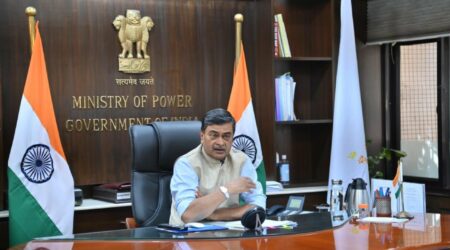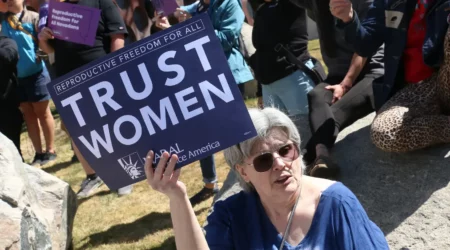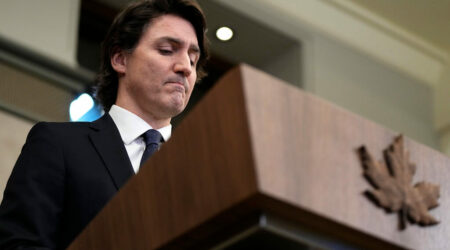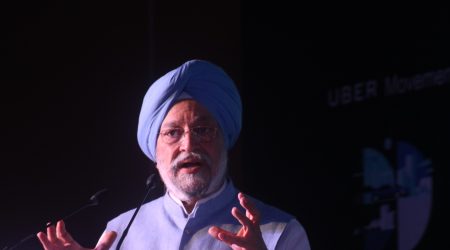A recent research of media reporting during the cold war has concluded that the American media has by and large followed the official US Government policy when it comes to India.
Washington, DC: With India being portrayed negatively in the mainstream American press during the ongoing Ukrainian conflict, mainly because New Delhi has refused to toe the US line, a recent research of media reporting during the cold war has concluded that the American media has by and large followed the official US Government policy when it comes to India.
The study, titled ‘US national interests and framing India in the US press during and after the Cold War’, spanning 48 years of US media coverage of India, found that the US government and the press opposed India’s proximity to the Soviet Union.
Published recently by The Journal of International Communication, the research conducted by Abhijit Mazumdar, an assistant professor at Park University in the United States, is a result of a two-year research project wherein the NRI professor studied hundreds of The New York Times and The Washington Post news articles about India.
As one perused US media stories about India during the Cold War one could sense the hugely anti-India narrative in them, Majumdar told PTI.
The US media portrayal of India mirrored United States governmental policies on India and showed that US foreign policy has a major impact on the US media’s international reportage, he said.
The research found that the US press portrayed India as a strategic opponent of the nation during the Cold War, but the same media outlets depicted India as an ally of the United States after the Cold War in line with US foreign policy, he said.
According to the published paper, the study uncovers the fact that the US media portrayed India according to the policies of the US government during and after the Cold War.
In keeping with journalist traditions of objectivity and fairness in reportage, this study recommends that the US press should try to also include views in their news stories that are not espoused by top officials of the US administration, he writes.
In doing so, the US press would accord more objectivity and generate more trust in their reportage, Mazumdar concluded.
According to Mazumdar, the research found there were significant differences in India’s overall portrayal between Cold War and post-Cold War era in five key areas: defense ties, trade, nuclear program, terrorism and separatist movements in India, he said.











